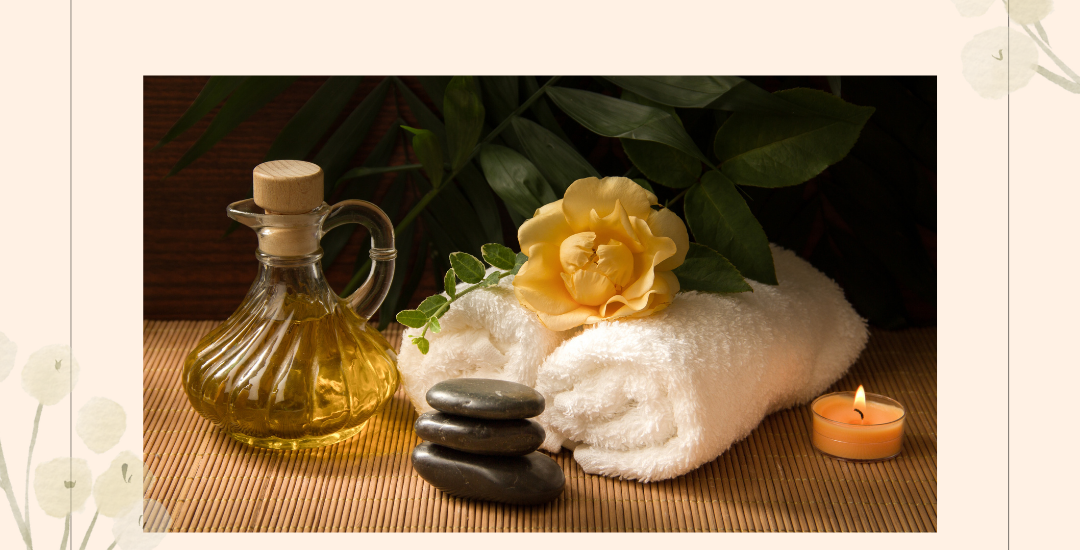Panchakarma is a traditional Ayurvedic detoxification and rejuvenation therapy that has been practiced in India for thousands of years. The term “Panchakarma” literally translates to “five actions” or “five treatments” in Sanskrit.
Panchakarma aims to cleanse the body of accumulated toxins (ama) and restore balance to the doshas (energetic forces) in order to promote overall health and well-being. It is typically performed as a series of therapeutic treatments over a period of several days or weeks, under the guidance of an Ayurvedic practitioner.
The five main procedures involved in Panchakarma are:
- Vamana (Therapeutic Emesis): This procedure involves controlled vomiting to eliminate excess mucus and toxins from the upper respiratory tract and stomach.
- Virechana (Purgation): It involves the administration of herbal laxatives to induce bowel movements and eliminate toxins from the liver, gallbladder, and intestines.
- Basti (Enema): This procedure involves the introduction of medicated oils or decoctions into the rectum to eliminate toxins and balance the Vata dosha.
- Nasya (Nasal Administration): It involves the instillation of herbal oils or medicated substances into the nostrils to cleanse and rejuvenate the nasal passages and sinuses.
- Raktamokshana (Bloodletting): This procedure, which is less commonly practiced, involves the removal of a small amount of blood to eliminate toxins from the bloodstream.

